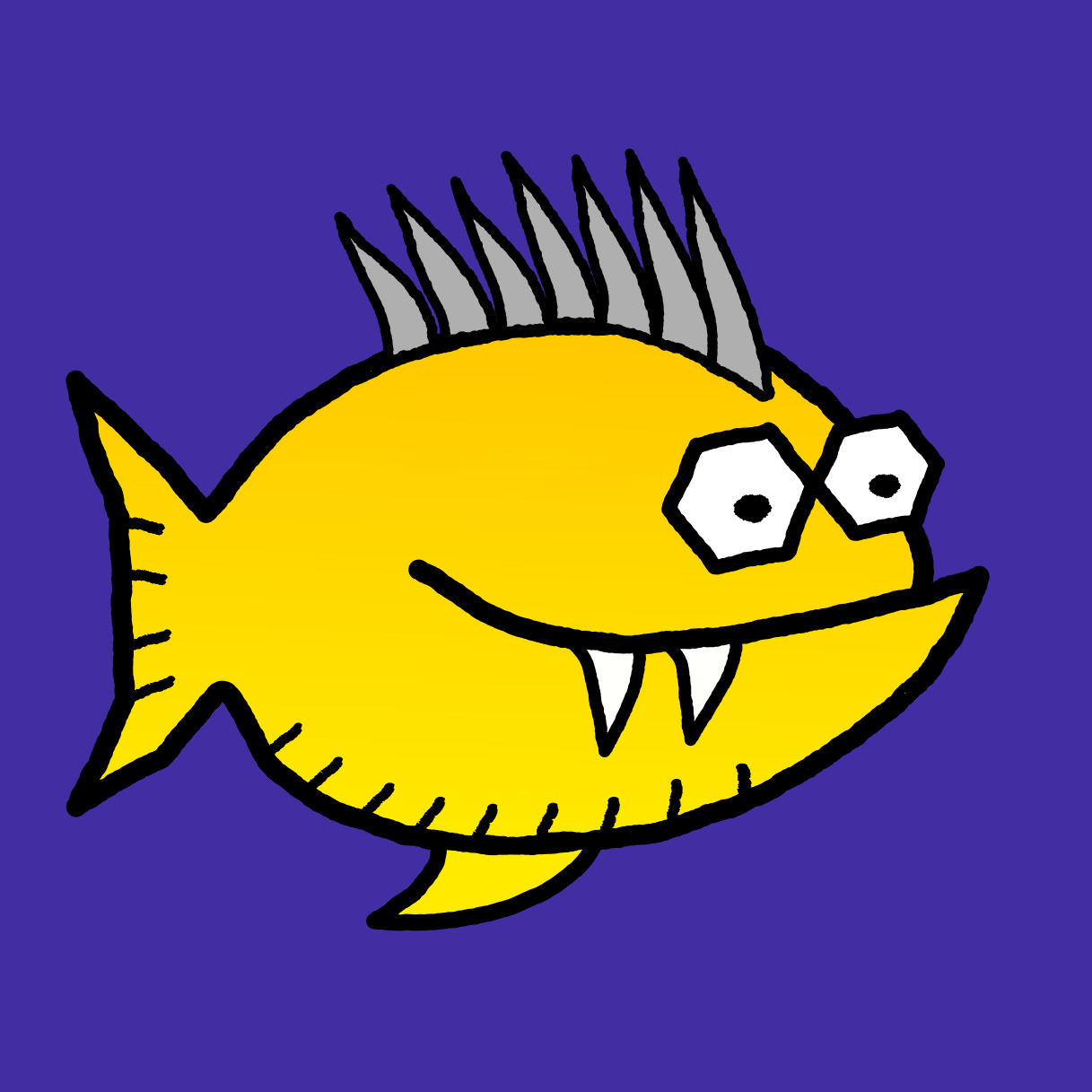Gradient factors
The measure of oversaturation
Saturating tissues up to the M value does not seem to be a good idea, and cases of DCS are already occurring at values below that. So how much distance do we want to keep from these values at what moment of the dive?
Gradient factors are modifications of the Bühlmann model that attempt to adapt the model to more recent findings and theories. They create a kind of “distance” to the M-values, but at the same time a clear modification: You change the model without having actually tested the consequences empirically. Therefore, a little caution is in order. In the area of gradient factors, the uncertainties are quite large, and in fact not every one of these modifications may yield a real gain in safety!
Gradient factors (GF)
What are these gradient factors?
We have learned about this graph with the M-line in the chapter about M-values. When you surface to this limit, the tissue reaches a supersaturation equal to its M value.
If you don’t go as far as this line, but stop before it, you maintain a kind of “safety distance” from this perhaps too risky limit. You can draw such a line with the gradient factors: You shift the M-line downwards – or you even bend it a little.
How exactly? First of all, you look at the distance between the (current) ambient pressure and the M value and take a percentage of this. This then becomes the new M value.
So far, so simple. Usually, however, the gradient factors are specified as a pair in which the first number is smaller than the second. “GF60/80”, for example, or “GF30/70”, or whatever combination.
Two different points are set here during the ascent:
When do I want to stop for the first time during the ascent, and consequently what inert gas overpressure of the tissues (leading at that time) can I tolerate at depth? And with what safety distance do I want to reach the surface?
These distances are defined by the Gradient Factor Low (GF Low) and the Gradient Factor High (GF High).
The GF Low determines the maximum accepted inert gas overpressure in the fabric when the first stop is reached, the GF High determines the maximum accepted inert gas overpressure in the fabric when the surface is reached. If different values are used here, the result is not simply a shifted line, but a curve towards the higher value – shown in black in the diagram (on a very unusual 20/80).
All tissues in view at the same time
Subsurface Heatmaps
If you want to keep an eye on which tissues are saturating, which are desaturating and how close they are to the limit values at any time during the dive, you can see this in a very simple form: In the heatmaps that Subsurface has chosen to display.
For a basic introduction to Subsurface, there is a summary here: Planning dives with subsurface
Let’s take any dive. If we look very closely at the colored strip below, the heat map, it becomes clear that there are 16 differently colored lines superimposed here. These lines are the 16 tissues (compartments) of the Bühlmann model: the fastest tissue at the top, the slowest tissue at the bottom.
All tissues saturate during the dive. This process is shown in different shades of blue, the lighter, the further the tissue is from saturation. Purple means almost complete saturation, black means complete saturation. This, of course, is always measured against the ambient pressure: if you go deeper, you move away from the state of saturation and then slowly saturate up, each tissue in a different time. During ascent, the current saturation state of the tissue turns into overpressure, and desaturation sets in.
The desaturation is displayed in traffic light colors: Green means that the maximum allowed value – the M-value – is still very far away, with yellow it comes closer, in the orange range 60-80% of the M-value is reached, and red stands for the M-value. If the heatmap turns white, this limit has been exceeded.
You can now see exactly which tissues are affected at which point in time during the dive – all tissues at once, a possibility that no other display format offers so easily.



